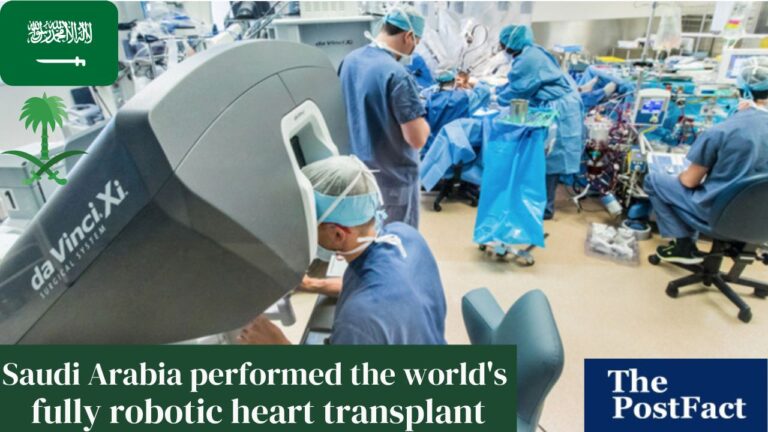Humanoid Robot
Building a Humanoid robot that is both human-like and useful has been a decades-old engineering dream inspired by science fiction. But despite this hype, the technology remains clumsy and impractical in many applications.
Nadine is an empathetic humanoid that can return greetings and remember conversations from previous interactions. It also has sensors that track faces and emotions.
Humanoid Robot is bipedal
Humanoid robot is bipedal, which means they have two feet and can walk or run. This makes them a great fit for a variety of jobs, from construction and manufacturing to healthcare and home automation. They can also help address labor shortages and provide care for the elderly. These robots can be programmed to do tasks that require physical dexterity, such as assembling parts and preparing meals. They can also perform heavy-lifting tasks, such as sweeping floors and cleaning up spills.
Several companies are developing new humanoid robots that can adapt to dynamic environments. For example, Apptronik’s Apollo is a versatile robot that can be used in warehouses and other environments where dexterity and lifting capacity are needed. Its design is based on research at NASA Johnson Space Center and has been adapted to meet the needs of e-commerce.
Other humanoid robots are being developed for specific roles, such as assisting in disaster recovery or serving people with disabilities. These robots can recognize faces and track emotions. They can also communicate with people via speech and gestures. The humanoid robot Pepper, developed by Softbank Robotics, has worked as a hotel concierge and in healthcare settings.
Investors interested in this sector should look for robotic manufacturers for industrial or household use, sensor developers and AI chipmakers. They should also consider investing in essential component and material suppliers.
They have hands
Humanoid robots have hands that can grasp objects, which make them useful in many different industries. They are often used in customer service and healthcare roles, but can also help with tasks that require precision or are dangerous for humans. They can also help with assembling and moving materials in factories and warehouses.
Unlike industrial robots, which can be programmed to perform specific tasks, humanoids are designed to interact with people and adapt to changing conditions. They can also help with disaster response. Humanoid robots can navigate through rubble, locate survivors, and deliver essential supplies to affected areas. This speeds up rescue operations and increases the chances of saving lives.
These robots are also used in hospitals to assist doctors and nurses with medical procedures. They can lift heavy loads and operate equipment, freeing up human resources for more important tasks. They can even replace human workers in hazardous environments. In addition, they can provide emotional support to patients.
Humanoid robots can also be used in education to enhance student engagement and improve learning outcomes. They can be used as a virtual teaching assistant or to supplement existing classroom activities. They can answer questions, explain difficult concepts, and keep students engaged with interactive lessons. They can also be used to create a nonjudgmental learning environment for students with special needs.
They are able to move around
Using advanced sensors and cameras, humanoid robots can sense their surroundings and perform tasks. They can boost efficiency in manufacturing, help healthcare providers, and improve customer service. They can also take on jobs that are too dangerous or repetitive for humans to do safely or accurately.
In addition to their movement abilities, humanoid robots have a variety of other features that make them useful for specific applications. For example, they can communicate with people by using facial expressions. They can also be used to control the movement of other robots. This is called teleoperation.
Some humanoid robots can also perform complex motions, like walking and dancing. They can even move their eyes to match the gestures of other people. This makes them a valuable tool for actors and animators.
The latest generation of humanoid robots is able to move around on two feet and use their hands. They can also grasp objects and climb stairs. This is possible thanks to the new sensors, powerful computer vision, and machine learning program. The combination of these technologies makes them more agile and responsive than previous versions.
The development of humanoid robots is an ongoing process, and there are still many challenges ahead. For instance, humanoids require a lot of power, and batteries cannot provide enough energy to run them for the length of a work shift. Nevertheless, several companies are working toward commercializing bipedal robots by 2024. These include 1X, Agility, Apptronik, Figure, Sanctuary, Tesla, and Unitree.
They are intelligent
Humanoid robots are capable of learning and adapting to new situations. They can also be used to assist with tasks that are too dangerous or tedious for humans. For example, security robots can patrol buildings and monitor for threats. They can even alert emergency services if needed. This makes them an excellent alternative to human security guards.
Many humanoid robots are equipped with vision sensors to allow them to recognize objects and their locations. These sensors collect optical images, depth information, and other data for intelligent sensing and recognition. This data is then processed by computer vision algorithms to enable tasks like navigation, pedestrian prediction, and obstacle avoidance. The best humanoid robots are able to interpret and understand their surroundings on a similar basis as humans do, and are able to navigate and operate equipment in ways that are human-like.
The humanoid robot market is complex and dynamic, with a multitude of different technologies at play. To succeed, developers must be able to innovate quickly on short development cycles and scale production to meet projected demand. They must also master core technologies around skeletons, actuators, batteries, sensors, AI algorithms, and edge computing. This is a tall order, but the future looks bright for humanoid robots. They are destined to revolutionize a variety of industries and markets, and could soon become a ubiquitous reality.





